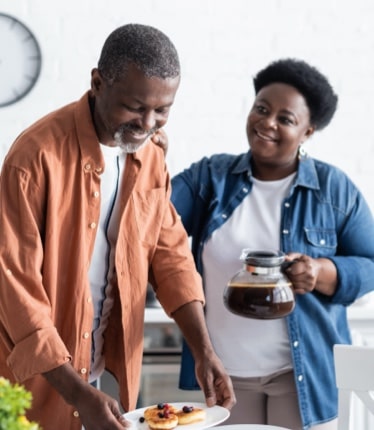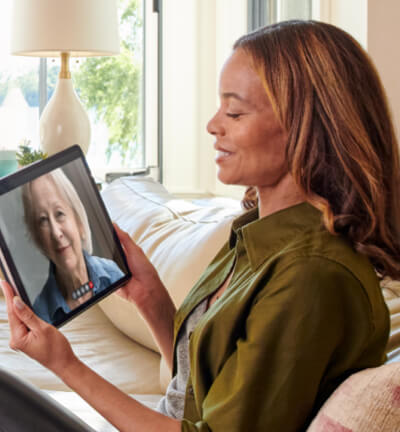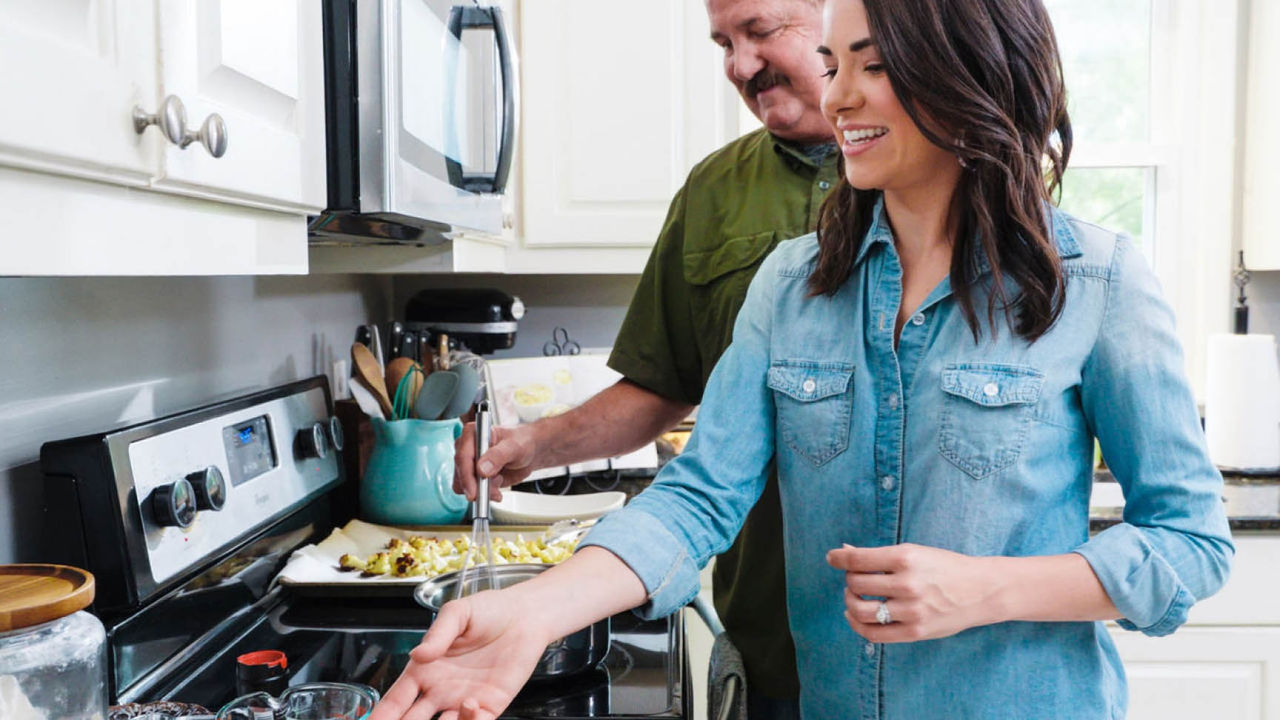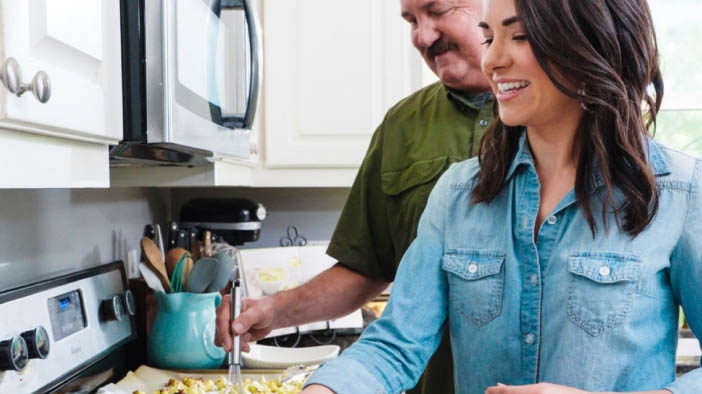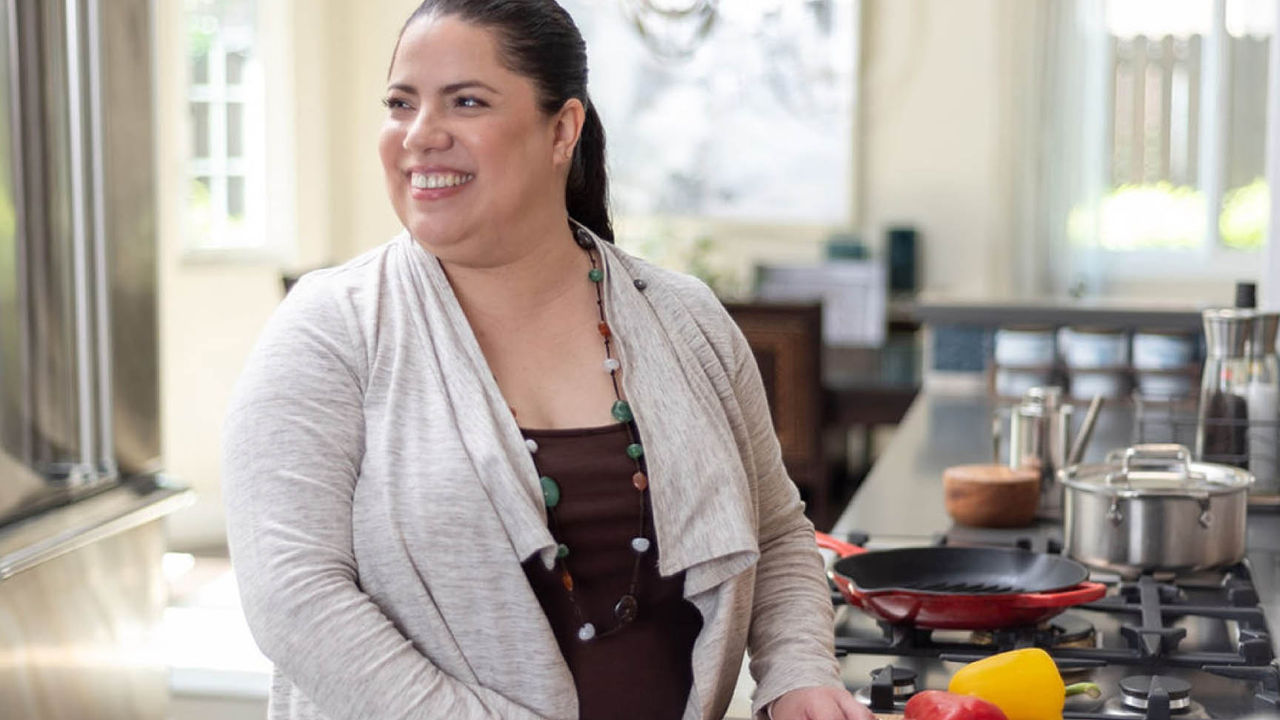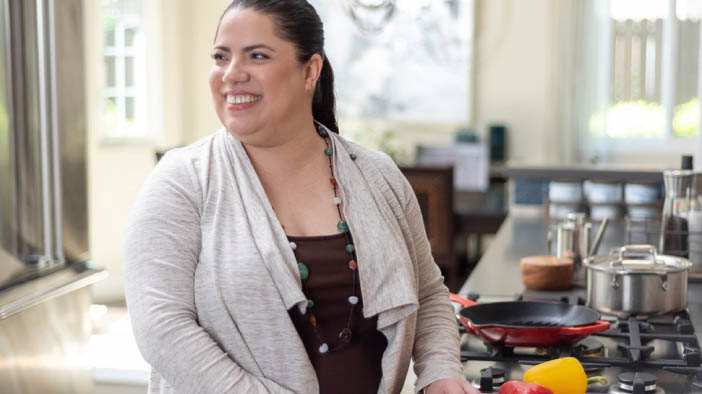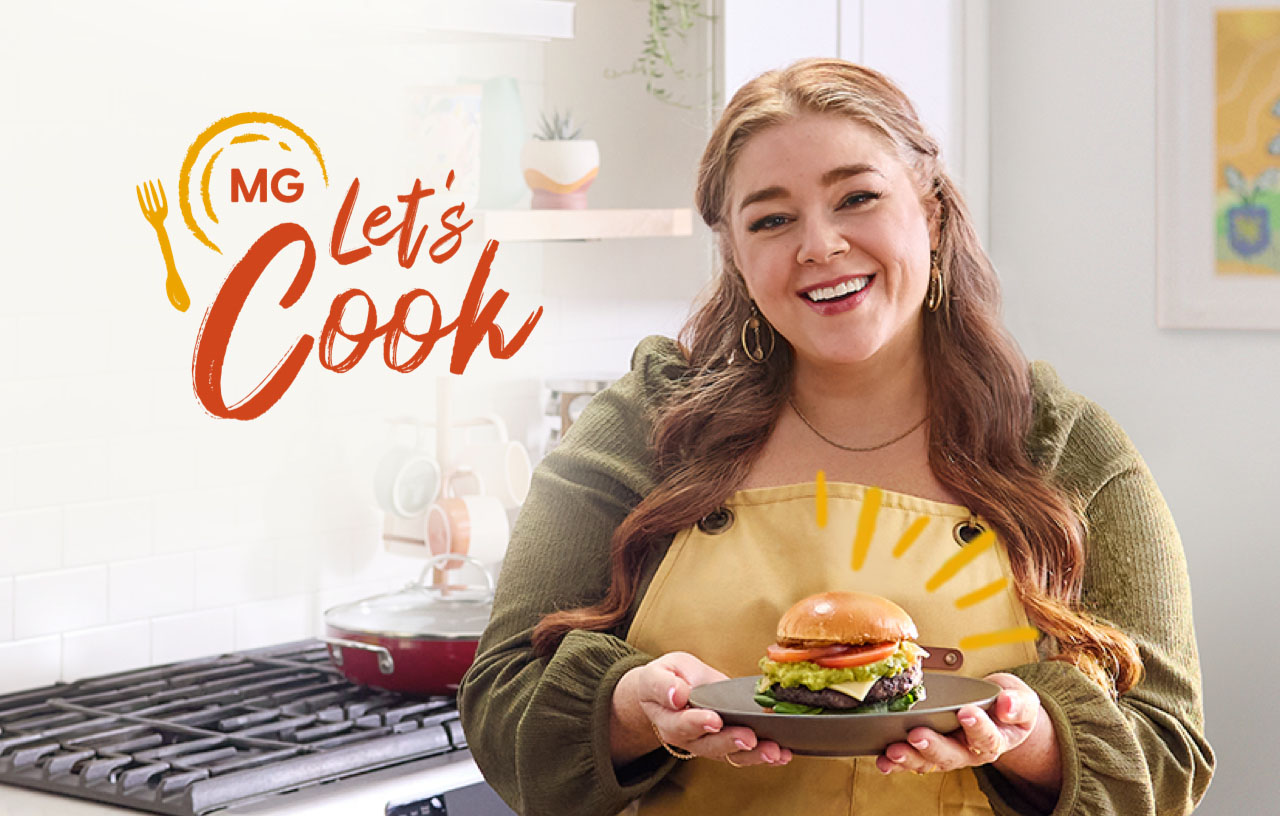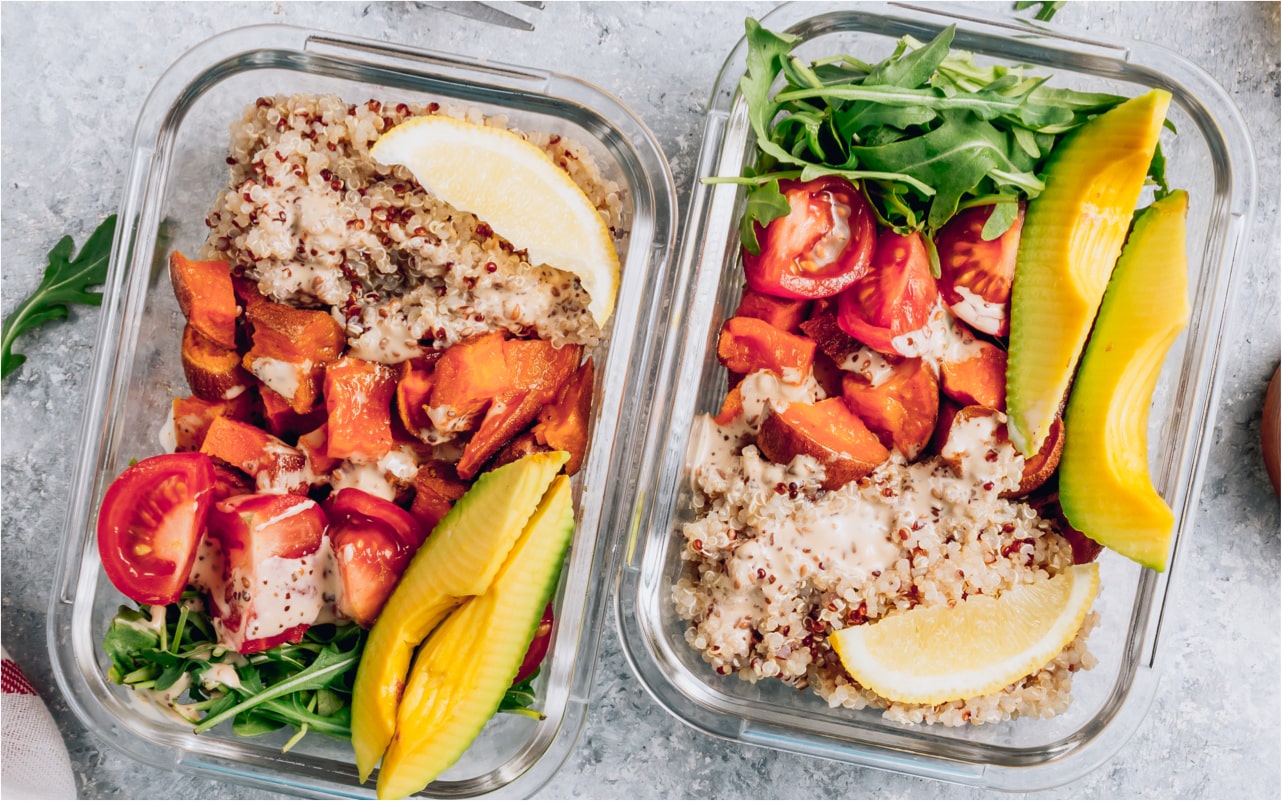These tips may help when you’re experiencing MG symptoms and are craving a home-cooked meal.
Experiencing the unpredictability of myasthenia gravis (MG) can make cooking healthy meals and enjoying your time in the kitchen a real challenge. Symptoms, such as fatigue, muscle weakness and vision problems, can hinder your ability to prepare meals, use kitchen tools and maintain a consistent eating schedule. However, these simple yet effective strategies from the MG community can help set you up for lower-effort meals and pre-planned options when you need them most. But first, let’s look at the ways MG symptoms can impact your kitchen and eating routine.
Recognizing how MG symptoms impact your ability to prepare meals is key to setting achievable goals. By tracking your symptoms and learning your Myasthenia Gravis Activities of Daily Living (MG-ADL) score, you can gain valuable insights on how symptoms affect your daily life, which can help you in creating effective strategies to manage it.
7 cooking and kitchen tips from the MG community
Leah* has always been passionate about cooking, and that didn’t change when she was diagnosed with MG seven years ago. She’s carried that passion with her as she navigates life with MG—and it took a while to adjust. “It was hard,” she reflected. “I needed to figure out what things I could do without getting myself exhausted.” Now, she’s built up a wealth of wisdom on cooking and eating well with MG.
Whitney* is a professional chef whose dad, John,* lives with MG—so she knows firsthand how challenging cooking can be for those living with MG. She shares some of the tips she’s found to help John around MG-friendly nutrition and meal preparation.
Have everything where you can easily grab it. If it’s not organized, it’s going to take more time in the kitchen than you want to spend.
MG-friendly nutrition and meal prepping also includes kitchen organization. Whitney recommends grouping tools that you tend to use together and keeping ingredients like spices within reach while you’re cooking. “Have everything where you can easily grab it,” she suggested. “If it’s not organized, it’s going to take more time in the kitchen than you want to spend.”
I had to learn how to take a step back and say, ‘It’s OK if I don’t do it today.'
Sign up for MG United to download the MG-Friendly Grocery Guide, to help you on your next trip to the grocery store.





